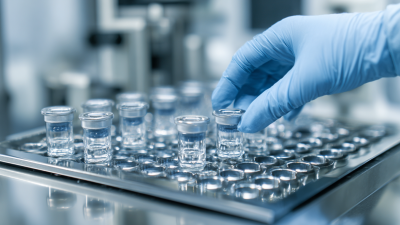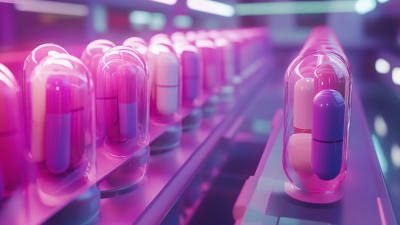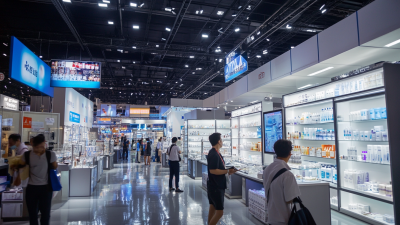In the highly competitive landscape of the pharmaceutical industry, optimizing manufacturing efficiency is not merely a goal but a necessity for success. Pharmaceutical manufacturing demands rigorous adherence to regulations, high quality, and cost-effectiveness, all while maintaining the agility to respond to market demands. As companies seek to enhance their operational processes, understanding and implementing best practices becomes crucial. This guide presents five essential strategies tailored to improve efficiency within pharmaceutical manufacturing, aimed at streamlining operations, reducing waste, and ultimately delivering better products to the market. By embracing these practices, organizations can not only boost productivity but also ensure compliance while fostering innovation in an ever-evolving sector.
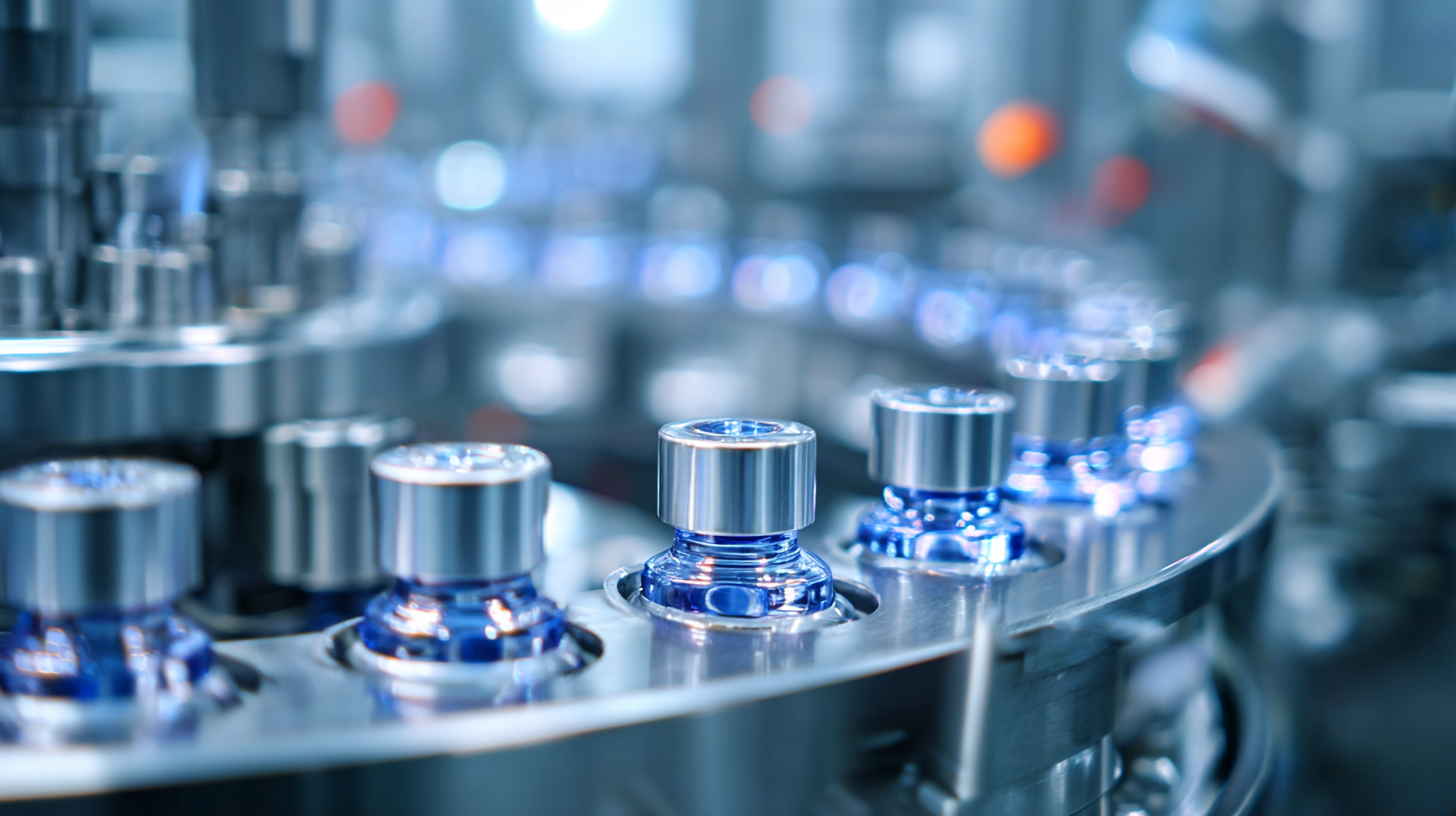
Efficiency in pharmaceutical manufacturing is crucial not only for maximizing production output but also for ensuring the safety and efficacy of the products. In an industry where precision and compliance to regulatory standards are paramount, any inefficiencies can lead to significant consequences including costly recalls, wasted resources, and compromised quality. Understanding the importance of efficiency in this sector means recognizing the direct impact it has on patient care and public health.
Implementing best practices that enhance operational workflows can lead to better resource allocation and reduced manufacturing time. Techniques such as lean manufacturing and continuous process improvement help streamline processes, eliminate waste, and promote a culture of innovation. By prioritizing efficiency, pharmaceutical companies can respond swiftly to market demands and maintain a competitive edge, while ensuring that they adhere to stringent industry regulations. Ultimately, a commitment to optimizing manufacturing efficiency translates to a more robust supply chain and improved patient outcomes, reinforcing the pharmaceutical industry's essential role in healthcare.
Implementing lean manufacturing techniques in pharmaceutical manufacturing can significantly enhance workflow efficiency, reduce waste, and improve overall productivity. At the heart of lean principles is the focus on value creation by minimizing non-value-added activities. By conducting thorough value stream mapping, pharmaceutical companies can identify bottlenecks in their processes, eliminate redundancies, and streamline operations. This proactive approach allows teams to concentrate on high-priority tasks while ensuring that resources are allocated effectively.
Additionally, embracing a culture of continuous improvement is essential for sustaining efficiency gains in the long run. Encouraging employees to engage in problem-solving and innovate within their roles fosters an environment where everyone is committed to optimizing processes. Regular training sessions on lean methodologies can empower staff to identify inefficiencies and implement solutions. Ultimately, by embedding lean practices into the organizational culture, pharmaceutical companies can not only boost their productivity but also enhance product quality and compliance with regulatory standards, leading to better outcomes for patients.
| Practice | Description | Expected Outcome | Implementation Timeframe | Key Metrics |
|---|---|---|---|---|
| Value Stream Mapping | Identify all the steps in a pharmaceutical process, eliminating waste and improving flow. | Reduced cycle time by 20%. | 1-3 months | Cycle Time, Lead Time |
| Kaizen Events | Employee-led initiatives focusing on continuous improvements in specific areas. | 20% improvement in process efficiency. | 1 month | Efficiency Rate, Employee Engagement |
| Standard Operating Procedures (SOPs) | Establish clear guidelines for processes to ensure consistency and compliance. | Reduction in errors by 30%. | Ongoing | Error Rate, Compliance Rate |
| Just-In-Time (JIT) | Implement inventory strategies that reduce holding costs by receiving goods only as needed. | Inventory costs reduced by 25%. | 3-6 months | Inventory Turnover, Cost Savings |
| Total Productive Maintenance (TPM) | Focus on maintaining equipment to minimize downtime and increase productivity. | 30% increase in equipment uptime. | 6 months | Equipment Uptime, Maintenance Costs |
In the fast-paced world of pharmaceutical manufacturing, leveraging technology and automation is crucial for enhancing operational efficiency. Advanced technologies such as the Internet of Things (IoT), Artificial Intelligence (AI), and machine learning can provide real-time data analysis, enabling manufacturers to make informed decisions that significantly reduce downtime and waste. By implementing automated systems, pharmaceutical companies can streamline production processes, ensuring that each phase from raw material handling to final packaging runs smoothly and without delays.
Automation not only accelerates the manufacturing process but also improves accuracy and consistency, which are vital in the pharmaceutical industry. Robotics, for instance, can handle repetitive tasks with precision, minimizing human error and ensuring compliance with stringent regulations. Additionally, integrating data analytics platforms can help in predictive maintenance of machinery, allowing manufacturers to address potential issues before they disrupt production. Embracing these technologies not only boosts productivity but also fosters innovation, paving the way for faster development of new therapies and improved patient outcomes.
In the pharmaceutical manufacturing sector, ensuring regulatory compliance is paramount to minimizing production delays. With ever-evolving regulations, staying informed is essential. Companies should consider developing a robust compliance framework that encompasses regular audits and staff training. Implementing a system for tracking changes in industry regulations allows firms to adapt quickly, thereby avoiding unexpected disruptions in production.
Another effective practice is to incorporate quality by design (QbD) principles early in the development process. By integrating quality measures during product formulation and process design, manufacturers can preemptively identify potential compliance issues and address them before they escalate. This proactive approach not only streamlines production but also enhances product quality, ensuring that regulatory requirements are consistently met.
Adopting a continuous improvement mindset can significantly boost efficiency as well. Regularly reviewing processes and performance metrics enables companies to identify bottlenecks and areas for compliance enhancement. By fostering a culture of transparency and accountability, organizations can better prepare for inspections and audits, ultimately leading to smoother operations and reduced risk of production delays.
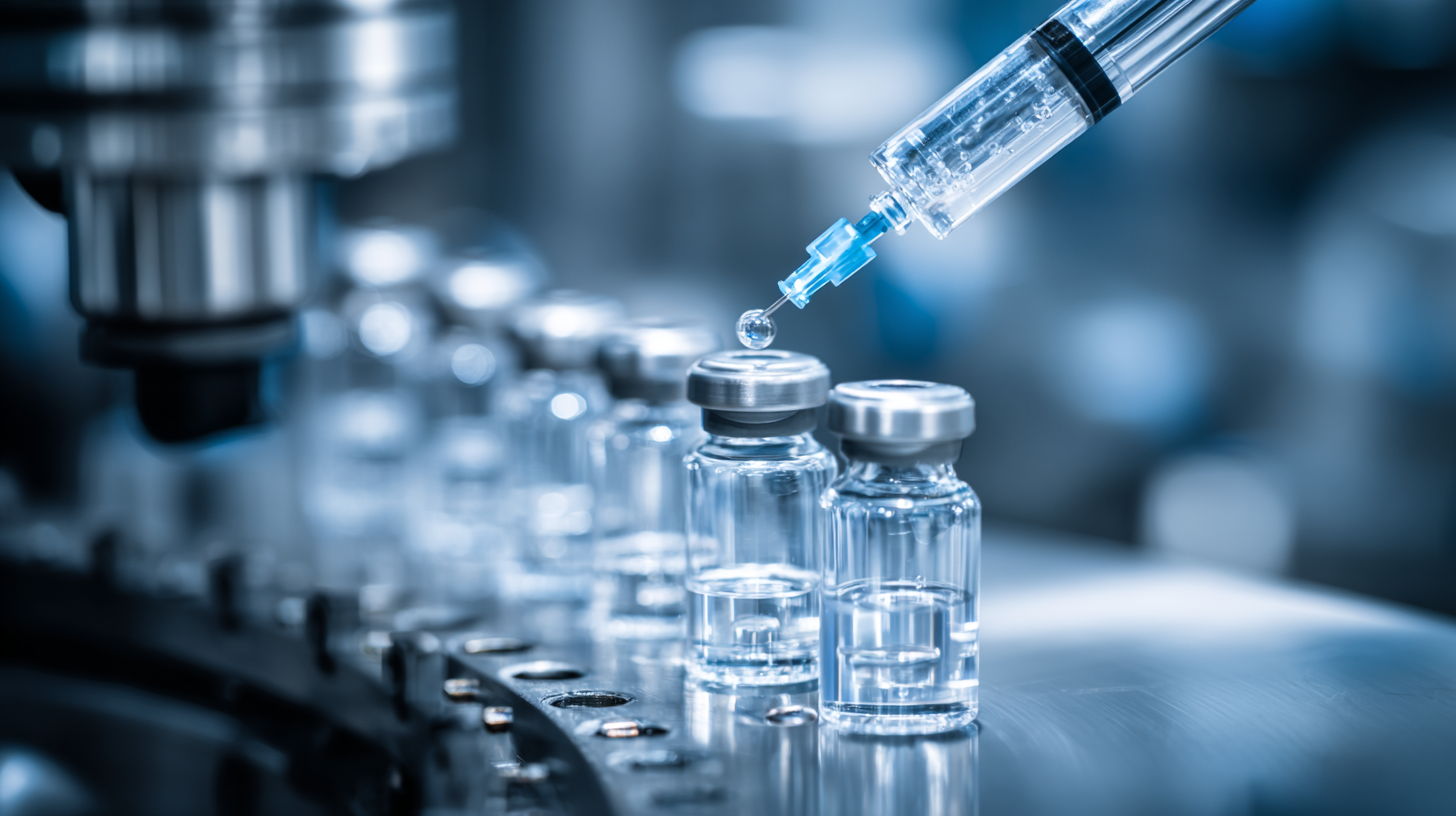
In the fast-paced world of pharmaceutical manufacturing, continuous training and workforce development are crucial for enhancing skills and boosting efficiency. As technology evolves and new practices emerge, it is essential for companies to invest in ongoing education programs. These initiatives not only keep employees updated with the latest industry standards but also empower them to adapt to changing processes and innovations. By fostering a culture of continuous learning, organizations can ensure that their workforce remains competent and agile, capable of tackling any challenges that arise in the manufacturing process.

Moreover, an effective training program can significantly reduce errors and improve product quality. When employees are well-trained, they are more likely to follow best practices and adhere to regulatory requirements, leading to fewer mistakes and higher compliance rates. This translates to safer products and improved patient outcomes. Additionally, professional development initiatives can enhance employee engagement and retention, as workers feel valued and motivated to contribute to the company's success. Investing in continuous training not only benefits individual employees but also strengthens the organization as a whole, driving better results in the competitive pharmaceutical landscape.
